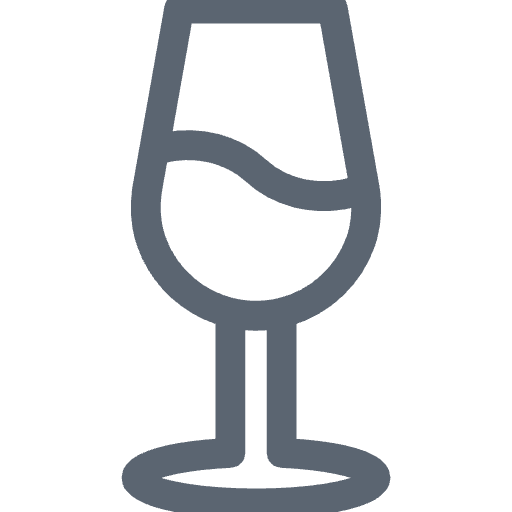29 Products
-

 Veneto
Veneto
 Garganega, dry
Garganega, dry
 stimulating & aromatic
stimulating & aromatic
-

 Veneto
Veneto
 Lagrein, dry
Lagrein, dry
 herbal & firm
herbal & firm
-

 Tuscany
Tuscany
 Sangiovese , dry
Sangiovese , dry
 ethereal & spicy
ethereal & spicy
-

 Tuscany
Tuscany
 Sangiovese, dry
Sangiovese, dry
 fruity & fresh
fruity & fresh
-

 Veneto
Veneto
 Lagrein, dry
Lagrein, dry
 intense & complex
intense & complex
-

 Veneto
Veneto
 Cabernet Franc, dry
Cabernet Franc, dry
 spicy & elegant
spicy & elegant
-

 Trentino
Trentino
 Teroldego, dry
Teroldego, dry
 complex & intense
complex & intense
-

 Piedmont
Piedmont
 Dolcetto, dry
Dolcetto, dry
 juicy & fragrant
juicy & fragrant
-

 Trentino
Trentino
 Teroldego, dry
Teroldego, dry
 dark & spicy
dark & spicy
-

 Trentino
Trentino
 Teroldego, dry
Teroldego, dry
 fresh & juicy
fresh & juicy
-

 Piedmont
Piedmont
 Barbera, dry
Barbera, dry
 spicy & intense
spicy & intense
-

 Sicily
Sicily
 Catarratto, dry
Catarratto, dry
 herbaceous & stony
herbaceous & stony
-

 Trentino
Trentino
 Teroldego, dry
Teroldego, dry
 ethereal & balsamic
ethereal & balsamic
-

 Sicily
Sicily
 Grillo, dry
Grillo, dry
 fruity & floral
fruity & floral
-

 Tuscany
Tuscany
 Cuvée, dry
Cuvée, dry
 red fruit, floral, spicy
red fruit, floral, spicy
-

 Veneto
Veneto
 Traminer, dry
Traminer, dry
 intense & salty
intense & salty
-

 Piedmont
Piedmont
 Nebbiolo, dry
Nebbiolo, dry
 ethereal & complex
ethereal & complex
-

 Piedmont
Piedmont
 Nebbiolo, dry
Nebbiolo, dry
 ethereal & complex
ethereal & complex
-

 Piedmont
Piedmont
 Barbera, dry
Barbera, dry
 complex & fragrant
complex & fragrant
-

 Tuscany
Tuscany
 Sangiovese, dry
Sangiovese, dry
 fragrant & spicy
fragrant & spicy
-

 Piedmont
Piedmont
 Barbera, dry
Barbera, dry
 elegant & fragrant
elegant & fragrant
-

 Piedmont
Piedmont
 Nebbiolo, dry
Nebbiolo, dry
 fruity, spicy, cool
fruity, spicy, cool
-

 Piedmont
Piedmont
 Nebbiolo, dry
Nebbiolo, dry
 fruity, spicy, cool
fruity, spicy, cool
-

 Piedmont
Piedmont
 Nebbiolo, dry
Nebbiolo, dry
 complex & concentrated
complex & concentrated
























